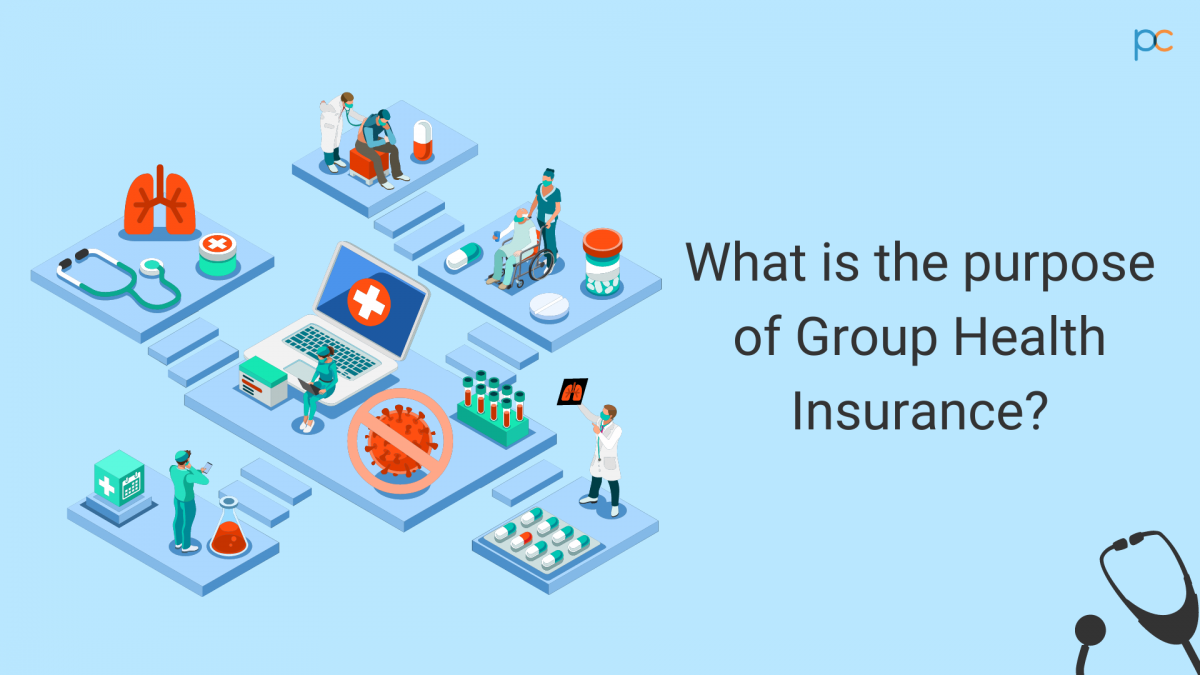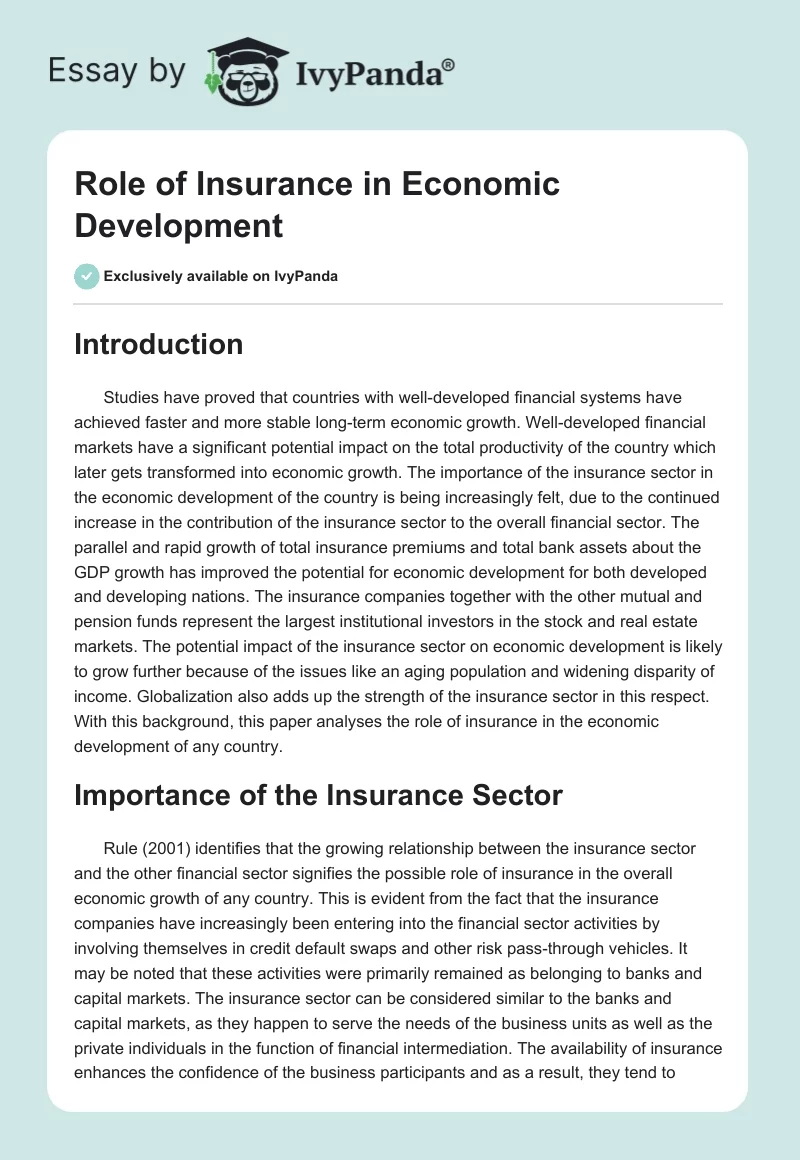The 8-Minute Rule for Pacific Prime
The 8-Minute Rule for Pacific Prime
Blog Article
An Unbiased View of Pacific Prime
Table of ContentsUnknown Facts About Pacific PrimePacific Prime - TruthsGetting The Pacific Prime To WorkExamine This Report about Pacific Prime
In most states, the insurance firm is required to send you a copy of the modifications to your plan. It is essential that you read Recommendations or Motorcyclists so you recognize how your policy has changed and if the policy is still sufficient to satisfy your requirements. To get a duplicate of your insurance coverage plan, please call your insurance policy representative or business.
The Institute of Medicine (IOM) Committee on the Effects of Uninsurance launches an extended evaluation of evidence that addresses the relevance of medical insurance protection with the magazine of this record. Protection Matters is the first in a collection of 6 reports that will be released over the following 2 years recording the fact and effects of having actually an approximated 40 million people in the USA without medical insurance coverage.

Unknown Facts About Pacific Prime
The goal of this collection of studies is to redouble policy focus on a historical problem. Adhering to the longest financial development in American history, in 1999, an approximated one out of every 6 Americans32 million adults under the age of 65 and even more than 10 million childrenremains uninsured (Mills, 2000).

Ten percent of the populace make up 70 percent of wellness care expenditures, a correlation that has actually continued to be continuous over the previous 3 years (Berk and Monheit, 2001) - international health insurance. Therefore wellness insurance continues to serve the function of spreading out risk also as it significantly finances routine treatment. From the viewpoint of healthcare suppliers, insurance coverage lugged by their patients assists protect an earnings stream, and communities gain from financially feasible and steady health and wellness care practitioners and institutions
Government provides health insurance coverage to populations whom the personal market may not offer properly, such as impaired and seniors, and populaces whose accessibility to healthcare is socially valued, such as youngsters and expectant females. The utmost ends of medical insurance protection for the specific and neighborhoods, including work environment neighborhoods of workers and companies, are boosted wellness end results and high quality of life.
The 7-Second Trick For Pacific Prime
Employees rank health insurance policy first by far in relevance among all the advantages offered in the office (Salisbury, 2001). There have actually been large financial investments of individual and public funds to supply health insurance policy, several people still have no insurance coverage. Despite considerable coverage of study findings and health and wellness care study results, the public stays confused and misinformed concerning Americans without medical insurance and the implications of lacking insurance coverage.

Without concern, the complexity of American health and wellness treatment funding mechanisms and the riches of resources of information include in the general public's complication and suspicion regarding medical insurance statistics and their interpretation. This record and those that will follow objective to boil down and offer in readily understandable terms the substantial research that births on concerns of medical insurance coverage and its value.
Fifty-seven percent of Americans questioned in 1999 thought that those without medical insurance are "able to get the care they need from medical professionals and health centers" (Blendon et al., 1999, p. 207). In 1993, when nationwide interest was concentrated on the problems of the uninsured and on pending health treatment regulation, simply 43 percent of those surveyed held this belief (Blendon et al., 1999).

They also receive less precautionary solutions and are less likely to have routine look after chronic conditions such as high blood pressure and diabetes mellitus. Persistent conditions can cause pricey and disabling problems if they are not well managed (Lurie et al., 1984; Lurie et al., 1986; Ayanian et al., 2000). One national study asked more than 3,400 adults concerning 15 extremely major or dark conditions.
The Best Strategy To Use For Pacific Prime
Added evidence is provided later in this phase in the discussion of insurance policy and access to wellness treatment. https://ameblo.jp/pacificpr1me/entry-12846866195.html. Individuals without medical insurance are young and healthy and balanced and choose to do without coverage. Virtually half (43 percent) of those evaluated in 2000 thought that individuals without medical insurance are much more most likely to have health issue than people with insurance policy
Citizens and policy makers in focus group discussions characterize those without insurance coverage as youths that have the possibility to be covered and feel they do not need it (Porter Novelli, 2001). Contrasted to those with at the very least some exclusive protection, the uninsured are much less likely to report remaining in excellent or really great wellness (Agency for Health Care Research and Top Quality, 2001).
RESOURCE: Center for Cost and Financing Researches, Agency for Healthcare Study and Quality, based on MEPS information. Youthful grownups in between 19 and 34 are much more likely to do not have medical insurance than any kind of other age. This is primarily because they are less usually eligible for employment-based insurance coverage because of the nature of their job or their brief period in it.
The assumption that individuals without insurance coverage have better-than-average wellness follows from confusing the reasonably young age profile of the uninsured with the much better health and wellness, generally, of younger persons. This obscures the link in between wellness standing additional resources and health insurance. For those without accessibility to office health insurance, poor health and wellness is a possible barrier to acquiring nongroup insurance coverage due to the fact that such insurance coverage might be highly priced, exclude pre-existing problems, or be merely unavailable.
Report this page